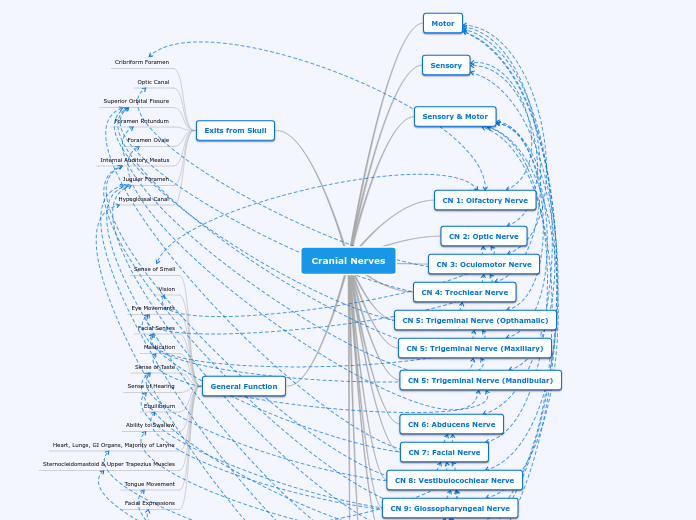Biological Molecule (Protein)
A microorganism is an organism so small that people cannot see them with the naked eye.
Microorganisms can be harmful and useful organisms.
Properties
Harmful microorganisms include fungi, bacteria, protozoa, etc.
They cause several diseases in human beings, animals, and plants, which can even lead to death.
The harmful microorganisms not only can damage the human body, but also the food we eat.
- Non polar enabling collagen to be able to form strong hydrogen bonds - Hydrophobic - Insoluble in water
Give examples of how harmful organisms can spread.
Research about the main characteristics of the microorganisms and give examples!
Monomers are held by peptide bonds, helix chains are held together by hydrogen bonds, linking the peptide bond NH of a glycine with a peptide carbonyl (C═O) group hold the three chains together
Amino acids consisting of glycine, proline and a modified version of proline, hydroxyproline
Quaternary structure, triple alpha (α) helix chains
Functions
Microorganisms help in the production of many food items, making medicines, keeping the environment clean, in manufacturing, and in research.
Collagen
Give examples of bacteria used in the pharmaceutical industry.
Structural proteins strengthen cells, tissues, organs, etc. giving support and shape to organisms. Provides bone, tendons and ligaments with tensile strength, connective tissue and skin with elasticity
Hemoglobin
Give examples of Microorganisms in food production.
Hemoglobin is used for transferring oxygen in your blood from the lungs to the tissues. It binds oxygen to the heme group in globin and carries it from the lungs to all tissues and organs, and receives carbon dioxide from the tissues and organs and sends it back to the lungs
Types
There are five types of microorganisms. Out of these five, four can be free-living or parasitic.
There is one that can be only parasitic since it always reproduces inside other living things.
After enumerating them, click on the flags below to mark the ones which can be free-living and the ones that cannot.
can be free-living
only parasitic
Collagen (Structural protein)
Hemoglobin (Transport protein)
Structure
Name the study of microorganisms.
Linkage
Intermolecular forces of attraction such as hydrogen bonding, van der Waals forces (attraction and repulsions between atoms), and dipole-dipole interactions. As well as covalent bonding
Monomer
Myoglobin is the monomer of hemoglobin, made up of histidine aa.
Shape
Quaternary structure, consists of 2 polypeptide chains of beta helix and 2 alpha helix in a globular shape subunits
Functional Group
Hydroxyl grp., carboxyl grp., amine grp.









